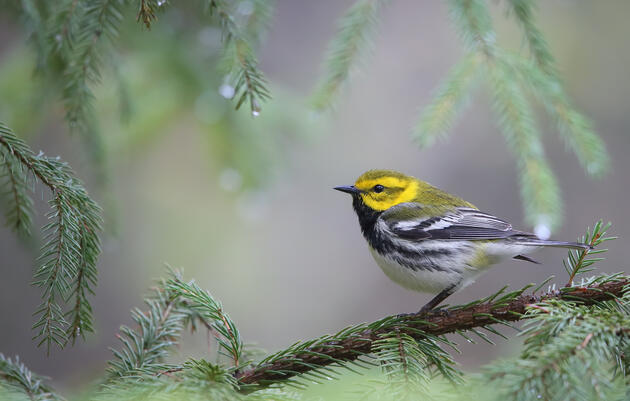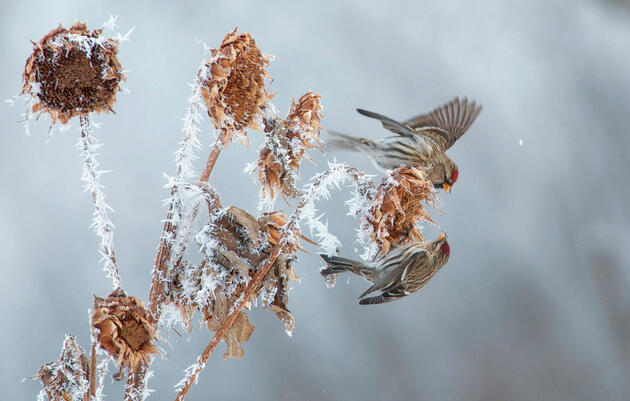In 2014, Eric Hansen experienced what he calls one of his “aha” bird moments. Working in collaboration with Audubon, he was surveying habitat for woodland owners who wished to learn about and support breeding forest birds on their properties.
In a small pocket of forest, less than a quarter acre in size, Hansen stood with an Audubon biologist observing a section of planted Norway spruce. “I remember the moment he heard it,” recalled Hansen, “and his head snapped to the side. Then he showed me a Blackburnian Warbler through his binoculars."
It wasn’t the vision of the warbler itself that created this “aha moment,” but the connection made by the biologist who pointed to the Norway spruce and said, “They are here, because of that.”
The spruce had been planted years earlier and can act as a stand-in for Hemlock, a species in decline due to an invasive insect. Hemlock, spruce, pine, and other coniferous trees provide nesting and feeding habitat for Blackburnian Warblers, so without the Norway spruce, Hansen wouldn’t have seen the bird.
FOREVER A “FORESTER FOR THE BIRDS”
Hansen has actually had quite a few “aha” moments related to birds. He took an ornithology class in college, where he got “hooked” on birds after spotting his first-ever Pine Warbler. “Ever since, I’ve wanted to find ways to incorporate birds into what I do,” he says.
He puts his learnings to the test in various ways, always to interesting results:
“I was hired by the Connecticut Forest and Park Association to implement their new forest management plan, which called for a selection treatment – a technique which involves cutting trees individually or in small groups so more sunlight can reach the retained trees as well as the forest floor and promote new growth.
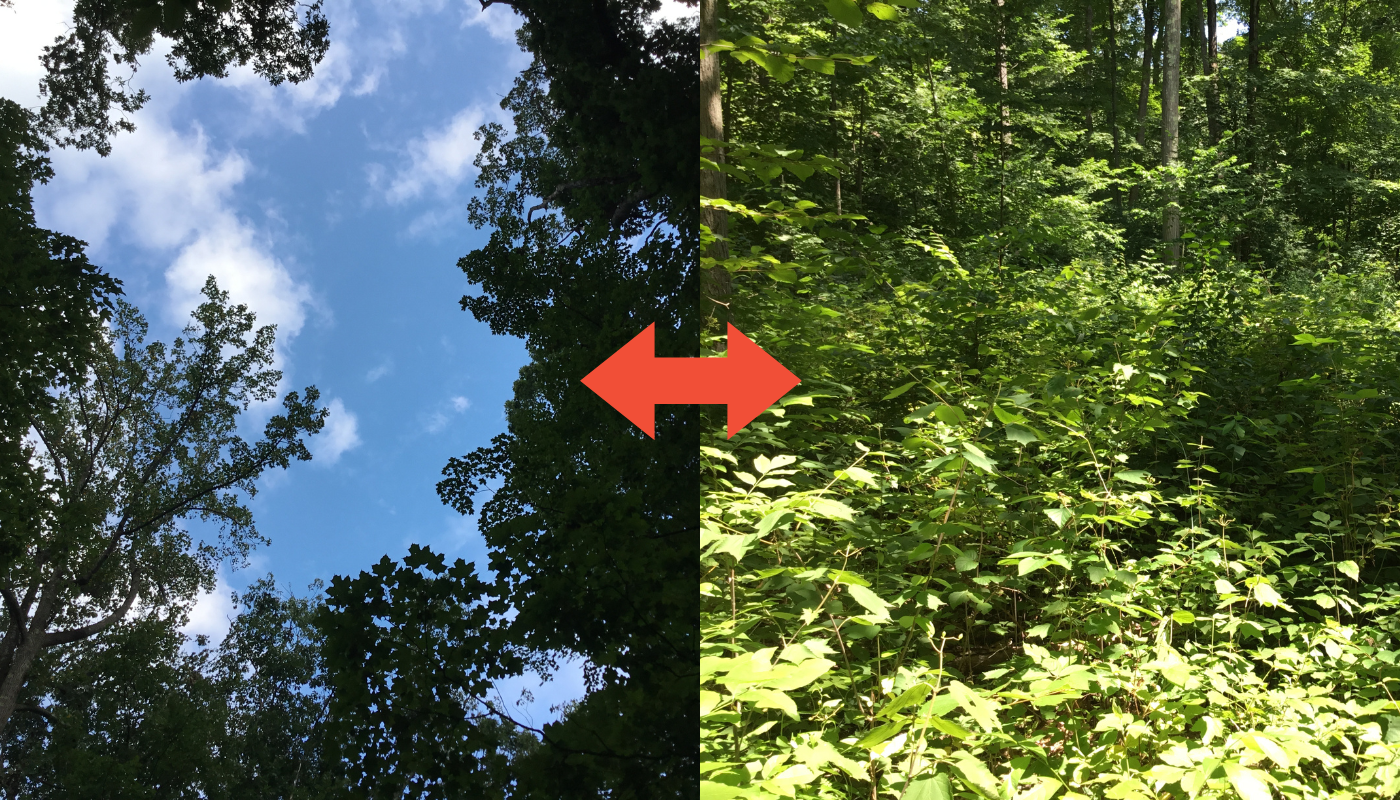
“We conducted the work in an area bisected by a drainage, treating one side but not the other. I remember very distinctly, years later, crossing the drainage to the untreated portion and experiencing a palpable difference of noise level.
“It seemed so obvious, but it was still an ‘aha’ moment. On the side where the treatment had been done, there were patches of dense, low growing plants regenerating, and you had Rose-breasted Grosbeak, Chestnut-sided warbler, Indigo Buntings… on the other side, where the habitat hadn’t been touched, quiet.”
“For years,” Hansen added, “I’ve been working with the Town of Avon which has been very proactive in their stewardship activities for decades. The results have been incredible."
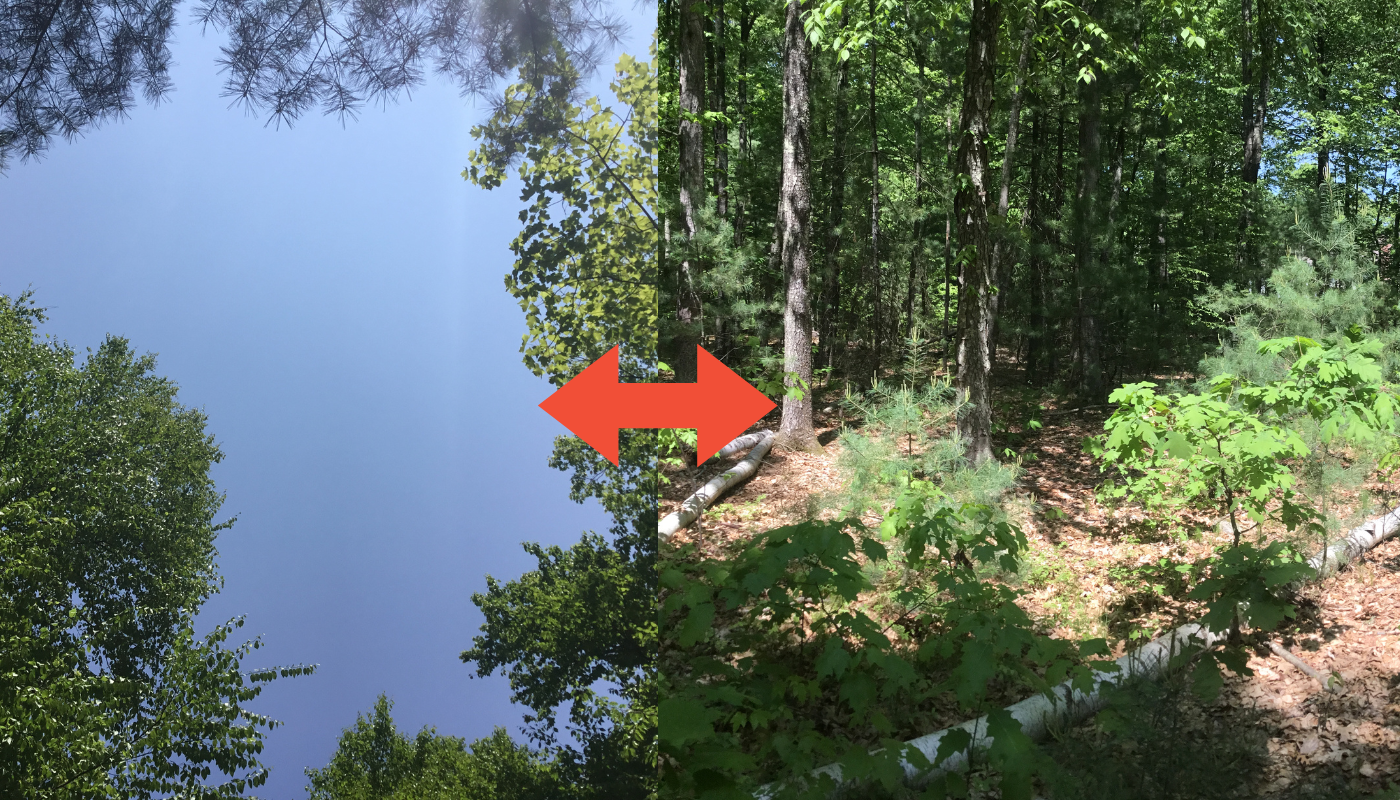
“I remember seeing a Scarlet Tanager in one of the treatment areas years ago, and I thought that was so cool. That area has since regenerated with oak, American chestnut, lowbush blueberry, huckleberry… overall a really good mix of mature forest and dense native understory trees and shrubs. Birds that nest in the forest interior will actually move their fledged young to understory where they can seek cover and forage safely.
“When I went back this spring and summer to survey, I saw and heard Scarlet Tanagers, Wood Thrush, Eastern Wood Pee-wees, and Ovenbirds EVERYWHERE! I feel encouraged about the future of this forest as it relates to its ‘residents.’ We helped shape the current and future version of that forest.”
BRINGING TOGETHER THE RESIDENT BIRDS AND PEOPLE
“When I finish a project, I don’t just leave it behind. I sometimes complete follow up informal observations to track vegetation growth, and how wildlife is using the area. Ideally, I try to work beyond the traditional boundaries of individual forester and individual landowner to foster connection to the land,” said Hansen.
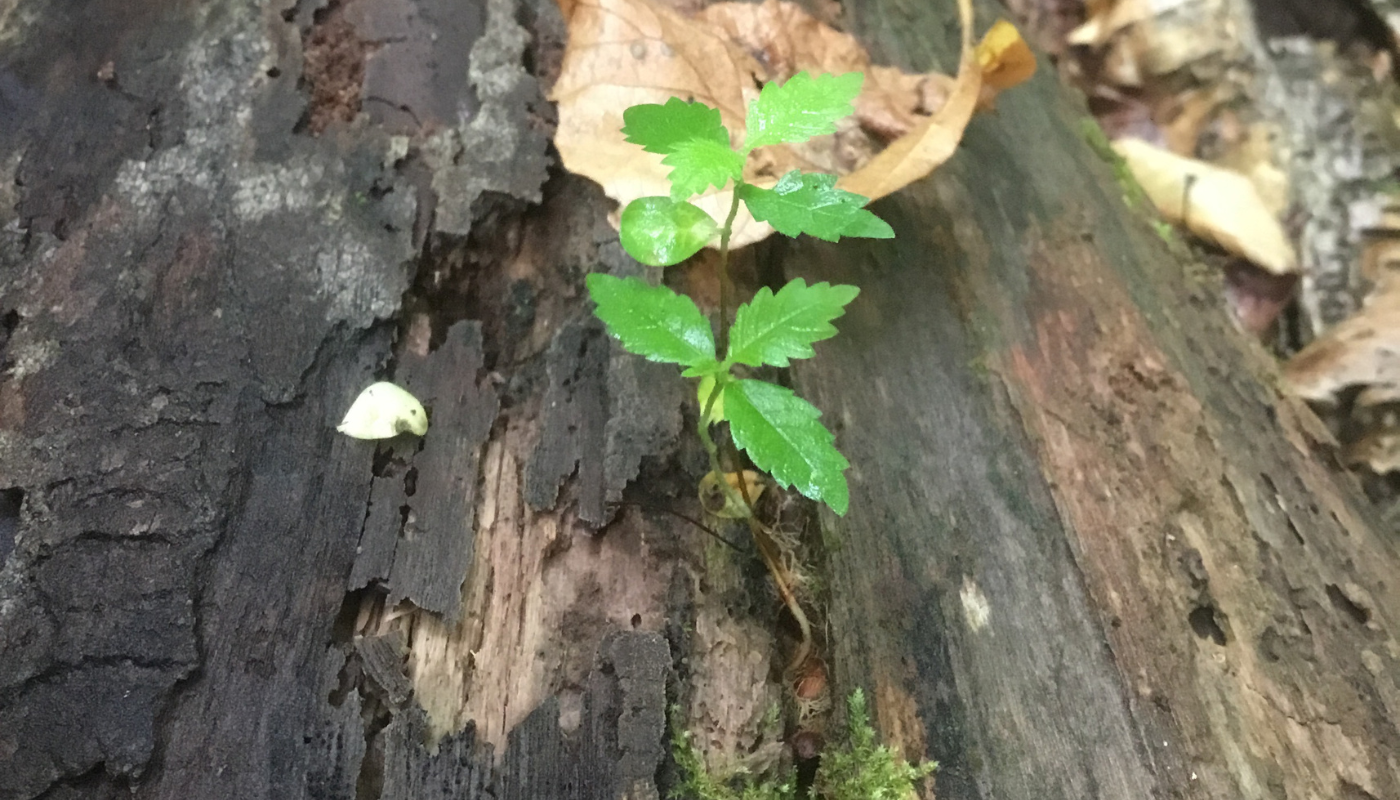
In West Rutland, Vermont, Hansen worked with the Town and helped develop a deal with a local ATV club wherein they would have access to ride on specific trails in exchange for monitoring and maintaining those trails. “It ended up being a fantastic collaboration. These were people with interest and care for the property, although at first glance it may not have seemed that way,” he said.
Ultimately, Hansen hopes that his status as an Audubon-endorsed forester helps spread awareness about the deep connections between birds, people, our forested landscapes, and how we care for them.
“We have the ability as humans to modify the landscape and enhance conditions in ways that certain species require. This is something I originally took for granted. But when you see that one bird you’ve never seen before, utilizing the habitat you helped create… it’s remarkable.”
Eric has plenty more “aha” moments and ideas to share. He can be contacted at eric@fwforesters.com.



